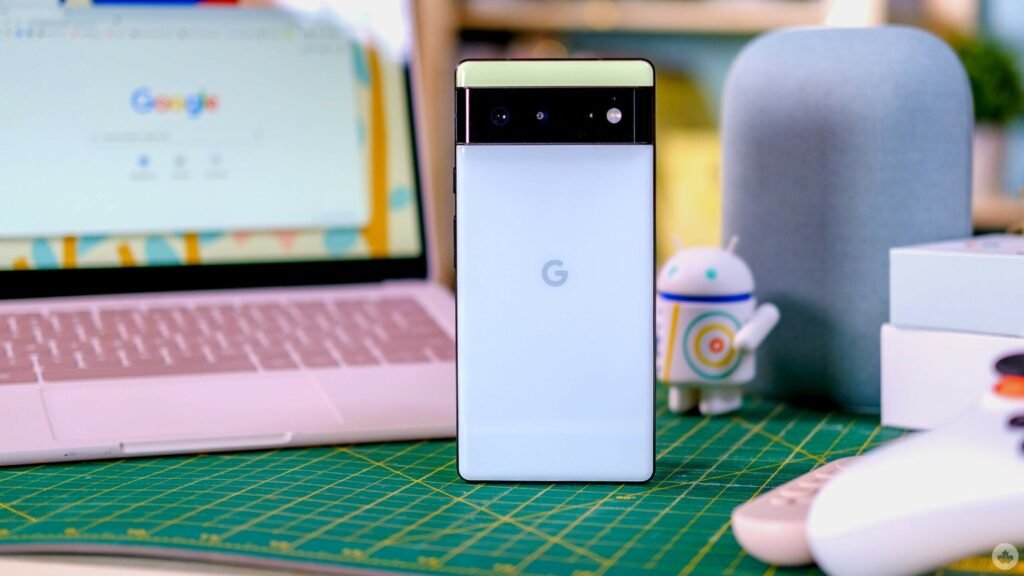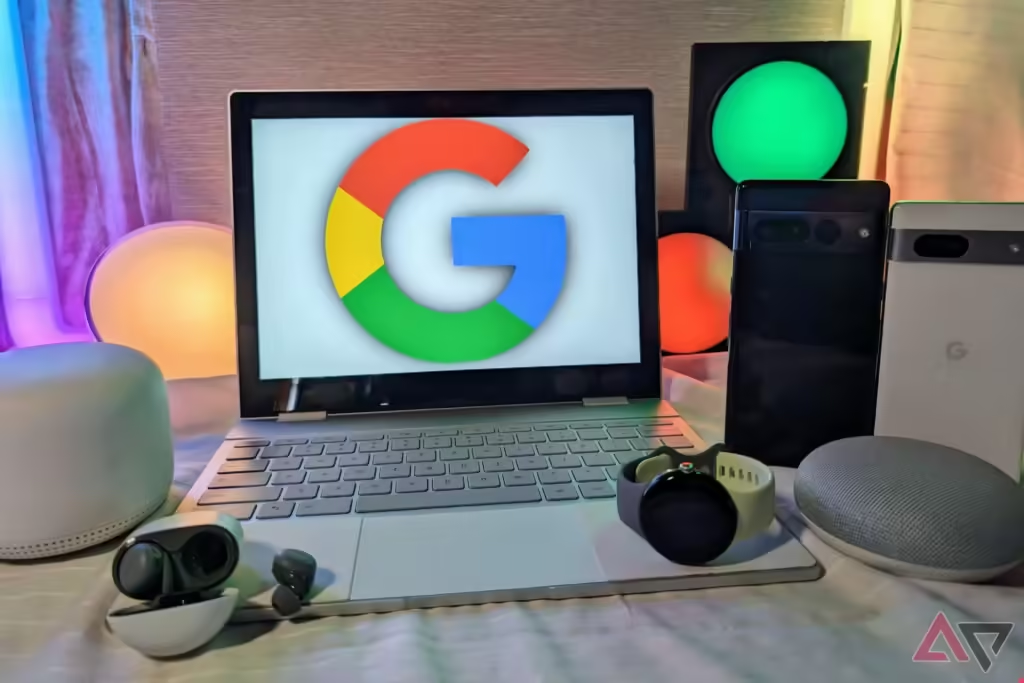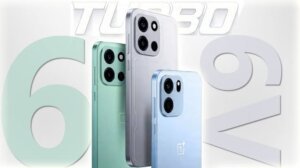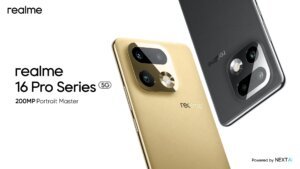With advancements in our interactions with technology, we have learnt to rely on our gadgets. And knowing our device ecosystems will play a vital role in shaping these interactions. Device ecosystem is concerned with a collection of a collection of interconnected devices, designed or created to function seamlessly together and provide users with a harmonious experience across multiple platforms.
Now, let me give you a more vivid explanation. Imagine that you are in a house that has many appliances like a TV, Microwave, Washing Machine, and lights. Just imagine that all these devices are interconnected and actually communicate to make your life better.

For instance, you walk into the house and the lights come on, the TV connects to your favorite shows, the microwave senses your presence and starts warming your food, you throw in your clothes into the washing machine and they automatically starts washing. This is the essence of a device ecosystem being a collection of devices that works together as a team to create an ideal and interconnected environment.
A strong device ecosystem can amplify the overall user experience by encouraging greater convenience and better productivity.
In this post, we will be exploring the unique and different approaches that the three tech giants; Apple, Google and Samsung has taken towards their device synergy and ecosystem.
Apple’s Ecosystem
Renowned for its superb device ecosystem, Apple offers a consistent experience across its span of products.
Components of Apple’s ecosystem includes;
- Devices: iPhone, iPad, Apple watch, Mac, Airpod, HomePod and Mac(Laptop).
- Operating System: iOS, iPadOS, tvOS. WatchOS, visionOS, macOS.
- Unique Softwares: iCloud, Apple Music, Apple TV+, Apple Arcade, Apple Fitness+, and Siri.

Benefits of Apple Ecosystem
- Handoff and Continuity: With Apple device ecosystem, you can start a task in one device and finish it in another. For instance, you can start writing an email on your iPhone and continue on your Mac. This shows interconnected technology and it helps the users take advantage of greater convenience.
- iCloud: You can synchronize all your files, photos, contacts and even calendars across all your devices if you are operating under the Apple Ecosystem.
- Airdrop: Without requiring network connection, you can share your videos, photos and documents between devices.
Google Ecosystem
Google’s ecosystem emphasizes on cloud-solution technique. It offers cross-platform compatibility and gives it an edge. Offering AI Integration and other wide ranges of software, devices and services, this ecosystem has become indeed the favorite of some users.
Components of Google Ecosystem;
- Devices: Pixel Smartphones, Tablets, Chromebooks, Chromecast, Smart Home Devices.
- Operating System: Android OS, ChromeOS, Google TV
- Unique Software and Service: Google Search, Gmail, Google Drive, Google Photos, YouTube, Google Maps, Google Assistant, and Google Play Store.

Benefit of Google Ecosystem
- Cloud-Solution Technique: Data, settings and preferences are synced across its devices with Google’s Cloud-Solution technique.
- AI Integration: Google’s virtual Assistant offers personalized assistance.
- Affordable: Device Products here are more cost friendly than other brands. Different devices at various prices helps users make choices that suis their budget and preferences.
Samsung Ecosystem
Samsung has a wide range of devices and services. This ecosystem emphasized on device convergence, inventive features and cross-device cooperation.
Components of Google Ecosystem includes;
- Devices: Galaxy Smartphones, Wearables, TVs, Smart Home Devices, Tablet and Laptops.
- Operating System: Tizen, One UI, and Windows.
- Unique Software and Services: Bixby (Samsung Ai Assistant), SmartThing(For smart home appliances), Samsung Pay, Galaxy Store and DeX
Benefits of Samsung Ecosystem:
- Device Convergence: Samsung Devices Work together. This enables users control multiple devices from one device. For instance, you can control a Samsung Smart TV from a Galaxy phone.
2. Inventory Features: Samsung Often introduces innovative features. An example is the S Pen for Galaxy Note devices, foldable displays, and advanced camera capabilities.

Comparison
Here’s a tabular representation of the ecosystem of each brand.
| Aspect | Apple | Samsung | |
|---|---|---|---|
| Devices | iPhone, iPad, Mac, Apple Watch, Apple TV | Pixel, Nest, Chromecast, Chromebooks, Google Home | Galaxy smartphones, tablets, wearables, smart home devices, TVs |
| Operating Systems | iOS, iPadOS, macOS, watchOS, tvOS | Android, Chrome OS, Google TV | One UI, Tizen, Windows |
| Software & Services | iCloud, Apple Music, Apple TV+, Apple Arcade, Siri | Google Search, Gmail, Google Drive, Google Photos, YouTube, Google Maps, Google Assistant, Google Play Store | Bixby, Samsung Health, SmartThings, DeX, Samsung Pay, Galaxy Store |
| Unique Features | Continuity, Handoff, AirDrop | AI integration with Google Assistant, cross-platform compatibility | Device convergence, innovative features |
| Approach | Proprietary, vertical integration | Open-source Android platform, cloud-based services | Emphasis on device convergence and collaboration |
| Pricing | Premium | Varies, affordable options available | Varies |
| Privacy & Security | Strong emphasis on user privacy | Focus on secure cloud-based services | Security features like Knox platform |
Conclusion
Knowing and understanding your device ecosystem will help to enjoy its functionality while keeping you informed about its numerous possibilities.
Don’t forget to follow us on Facebook @ https://www.facebook.com/techmansionpage for more updates!



